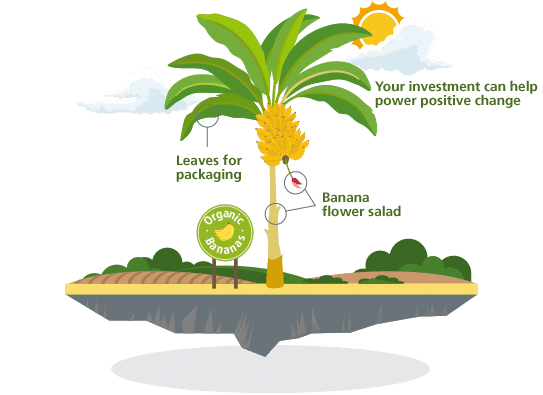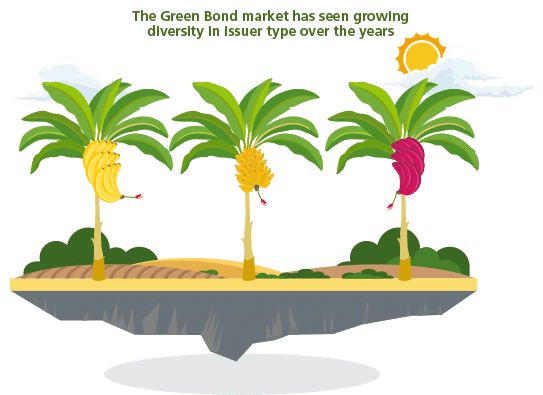With the increasing focus on Environmental, Social and Corporate Governance (ESG) issues, investor interest in Green Bonds is also rising. Learn more.

Make an impact
Green Bonds are used to finance or refinance activities that help environmental sustainability. This includes renewable energy, green building/energy efficiency, and infrastructure projects.
Green doesn’t mean new
The first Green Bond was issued by the European Investment Bank in 2007. Since then, the global Green Bond market has grown rapidly to which Asia’s Green Bond market accounts for 27% of the global Green Bond market1. It is expected to continue to grow rapidly as concerns over climate change rise and policymakers incentivise issuances.
1 HSBC calculations, Dealogic, as of 20 January 2020.

Different shades of green
There is currently no universally agreed criteria that determines whether an economic activity is environmentally sustainable and what can be classified as a “green” bond. Standardised definitions will help achieve consistency and aid progress in investing in Green Bonds. Various policymakers e.g. the European Union, are working towards developing a common language.

Diversified universe
Over the years, the global Green Bond market has become more diversified, attracting companies, banks and governments from different countries to issue in multiple currencies.
Green Bonds can also be issued by companies regardless of the nature of their activity. For example, an energy generation company that relies heavily on coal may issue a Green Bond to fund its transition to renewable energy sources.

The issuer risk still matters
Similar to conventional bonds, Green Bonds carry the credit risk of the issuer. Investors need to pay attention to the issuer's credit rating as well as other financial data.



